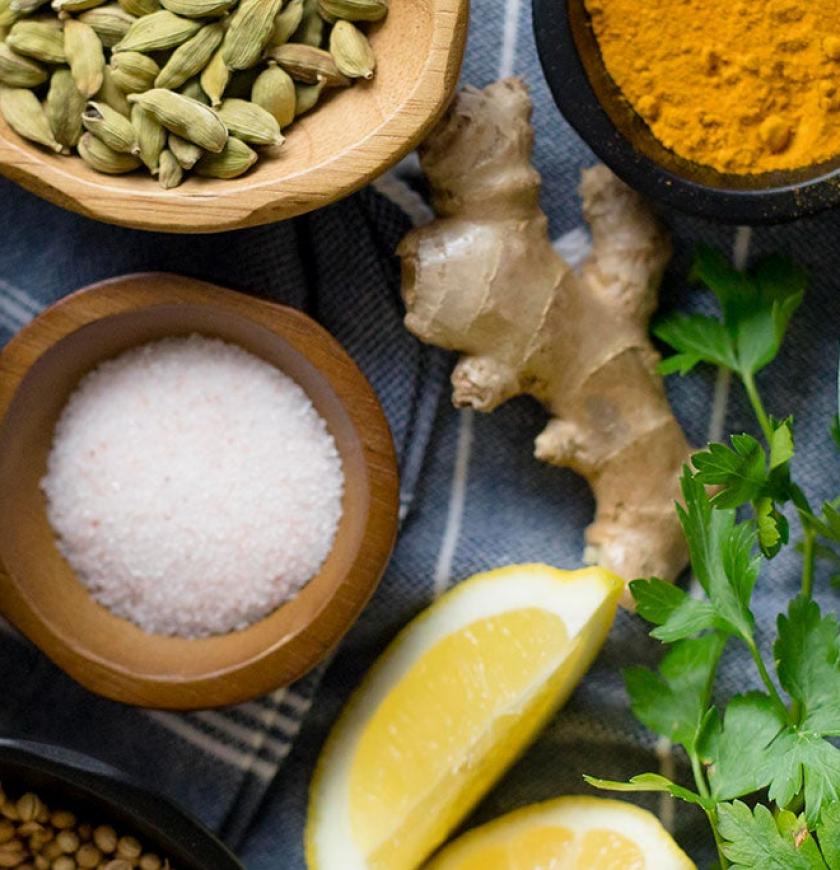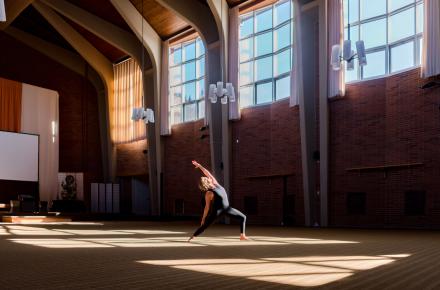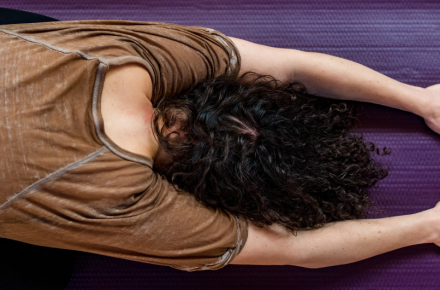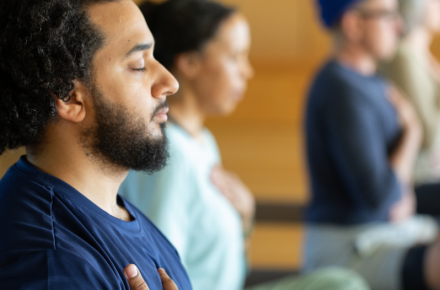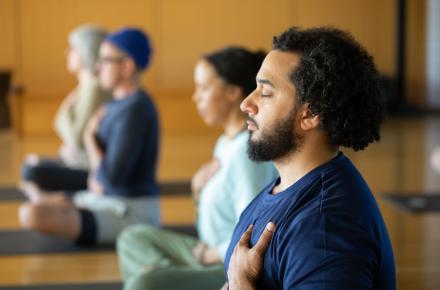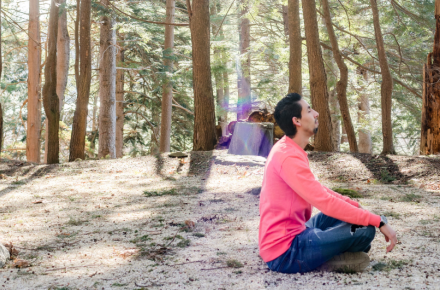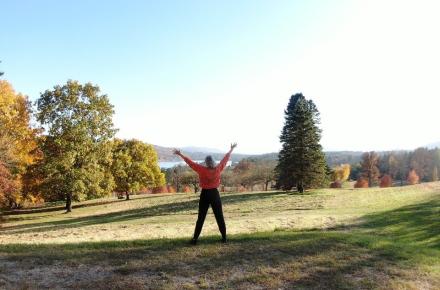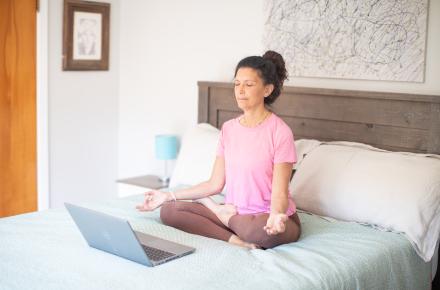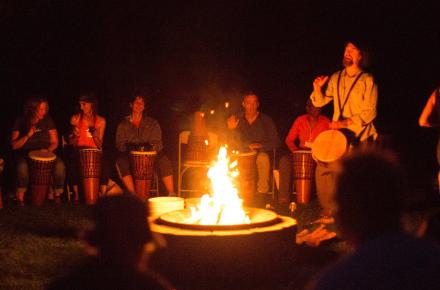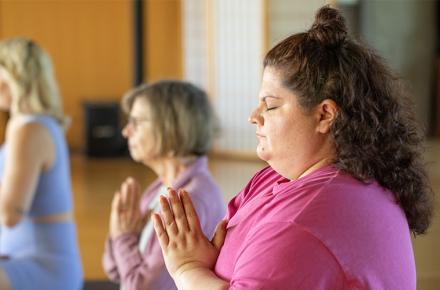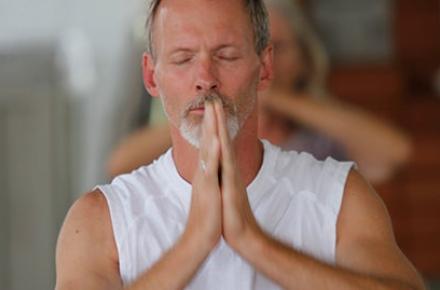The Healing Benefits of Ayurvedic Massage

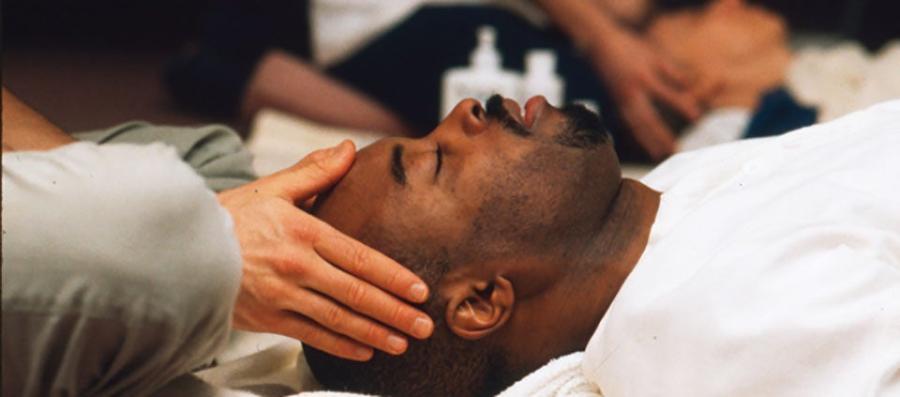
The deeper the better, right? When it comes to massage, it’s a common misconception that if it doesn’t hurt, it’s not therapeutic.
Interestingly, Ayurveda prescribes a series of light-touch massages that have passed the test of time. New science tells us that while there are surely benefits from deep muscle massage, there are also benefits from light-touch massage that may far outweigh those of deep massage.
Massage, specifically lighter-touch massage, can boost oxytocin, the body’s longevity, love, and bonding hormone. In traditional Ayurvedic practice, such massages were not weekly or monthly events—they were daily throughout one’s life. In India, getting a massage starts on day one. Mothers have been giving babies light-touch massages for thousands of years. Kids start giving themselves daily massages at early ages, and it becomes a lifelong practice. In fact, it is common in India to talk to an 80-year-old and find out that they have done a self-massage every day of their life.
In the West, daily massage is just not on most people’s radar. That might change, as new research shows that certain types of massage can trigger the release of many beneficial brain chemicals.
Bonding through Touch
Touch, whether it be a handshake, hug, or peck on the cheek, has long been an accepted medium for social bonding. Primates spend a lot of time touching, grooming, and rubbing against each other to maintain social bonds, decrease stress, and make up after a quarrel.
Touch has also been linked to healing. Laying on of hands has been described in many traditions as a form of healing. While the mechanism for this has yet to be fully understood, much has been written about the curative power of touch.
Ayurvedic Science
In Ayurveda, light touch directly corresponds to the element of air and to prana, or life force (also called vayu). The Sushruta Samhita, a primary Ayurvedic text, states, “Vayu [directly linked to light touch], which courses through the body, is self-begotten in origin and regarded as identical to eternal life.”
In Ayurveda, each of the five senses is understood to be an avenue of consciousness and a vehicle to elicit self-healing. Touch, as a means of moving prana, is used in massage, marma-point (Ayurvedic pressure points) therapy, and pulse diagnosis.
There are many ways to move prana. When we move our life force through massage, yoga, or breathing, it flows first into the body and then into the mind, bringing balance and calm, and enhancing self-awareness. Only when self-awareness is cultivated can the system fully recognize underlying problems or imbalances and elicit appropriate responses to heal them.
Light touch, as a means of moving prana, is considered an effective tool for self-awareness and a trigger for a potent healing response.
Western Science
Prior studies have shown that hypertension and depression improve with massage therapy. Massage appears to decrease cortisol, a disease-producing and degenerative stress hormone. It also increases dopamine and norepinephrine, which boost mood, reward, pleasure, and well-being. Massage has also been found to boost immunity and killer T cells in AIDS patients.
In a recent study in Alternative Therapies, 95 subjects had their blood evaluated for oxytocin (a bonding and anti-anxiety hormone) and ACTH (adrenocorticotropin, a hormone that increases with stress and decreases with relaxation) before and after a 15-minute massage. Oxytocin levels increased 17 percent in the massage group and decreased 9 percent in the resting group. ACTH levels increased 30 percent for the resting group and decreased 20 percent for the massage group. A previous study on light-touch massage yielded similar results: Light-touch massage resulted in a 27 percent increase in therapeutic oxytocin and a 24 percent decrease in ACTH.
Benefits of Oxytocin
Oxytocin has been shown to increase with feelings of trust or empathy. It is the giving hormone, released during acts of appreciation, gratitude, emotional connection, and giving touch. Laboring mothers secrete large amounts of oxytocin at birth, which triggers an oxytocin surge in the baby and father (if present) as well, fostering the initial family bond.
Other benefits of oxytocin include
- Strengthening social bonds
- Extending life in cancer patients
- Reducing cravings for sweets
- Decreasing anxiety and depression
- Increasing sexual potency and desire
- Lowering cortisol
- Boosting immunity.
Light-Touch versus Deep-Pressure Massage for Back Pain
In a study comparing the impact of deep tissue versus light therapeutic massage for low-back pain, there was no statistical difference between the two. Deep-tissue massage worked no better than light massage for those with lower-back pain.
In my opinion, this is another example of the wisdom of Ayurveda. Thousands of years ago, when the Ayurvedic healing system was designed, it incorporated many modalities employing touch—the vast majority with light touch.
Ayurveda aims to create a foundation from which the body, mind, and spirit can do their deepest healing. Whether in relationship to diet, exercise, lifestyle, detox, or touch therapies, the goal is always to first establish a balanced body and then to move toward inner silence and awareness. This platform of heightened awareness facilitates the free flow of prana, which is a requirement for Ayurvedic self-healing.
Find out about Ayurveda programs and trainings at Kripalu.
This article originally appeared in Elephant Journal.



